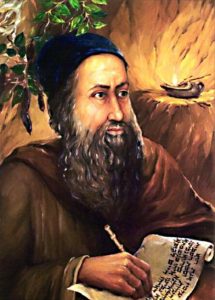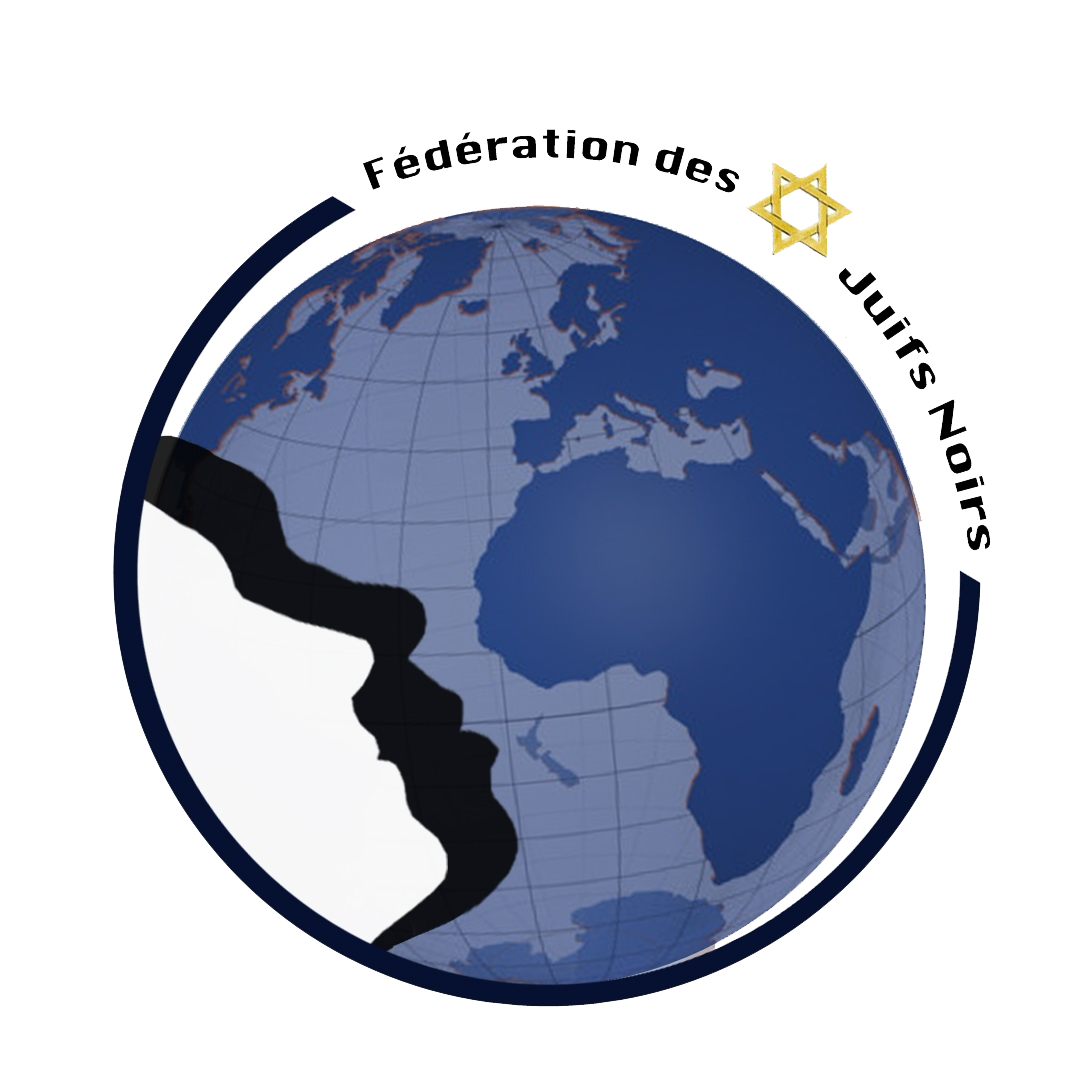 According to Rabbi Élie Benamozegh Torah, as a tradition and a teaching, has a chosen reflective counterpart. This dialogue counterpart is not Rome, not Greece, nor the Babylonian or Assyrian Empires, but Egypt of the Pharaohs. Benamozegh shows that in order to have a grasp of what Torah comes to add, what questions are relevant to its emergence, we need to see Egyptian culture, including its religion and politics, as part of the context. In the Hebrew Bible, even later prophets look at the Torah of Moses as the basis of their symbology, a fact which seemed accepted across whichever community defined themselves as Israelites. Pharaoh is the one who is supposed to understand, but who chooses not to. Moses grew alongside him and spoke to him in a language making references to things Pharaoh, as King of Egypt, could understand. Torah language and imagery are filled with Egyptian elements and symbols.
According to Rabbi Élie Benamozegh Torah, as a tradition and a teaching, has a chosen reflective counterpart. This dialogue counterpart is not Rome, not Greece, nor the Babylonian or Assyrian Empires, but Egypt of the Pharaohs. Benamozegh shows that in order to have a grasp of what Torah comes to add, what questions are relevant to its emergence, we need to see Egyptian culture, including its religion and politics, as part of the context. In the Hebrew Bible, even later prophets look at the Torah of Moses as the basis of their symbology, a fact which seemed accepted across whichever community defined themselves as Israelites. Pharaoh is the one who is supposed to understand, but who chooses not to. Moses grew alongside him and spoke to him in a language making references to things Pharaoh, as King of Egypt, could understand. Torah language and imagery are filled with Egyptian elements and symbols.The monotheistic principle of Faith expressed by Moses is directed as a purification tool of Egyptian thought. Moses was in fact returning to the faith of Joseph, who had instructed Egyptian Priestly Law. A line which considered itself authentic became the Mosaic Scribal Law. It placed itself historically as descending from a time earlier than the foundation of Egypt, when all societies were nomadic in essence. But it was through Egypt, in three major episodes, one during Abraham’s lifetime, one during Joseph, and one during Moses lifetime that Israel became a speaking, living social space, with a collective memory. This is a deliberate, not an accidental way of establishing a narrative.
Torah says Abraham came out of Egypt an important tribal man, heavy in flocks, and accompanied by many servants. This is where Hajar, his second wife and mother of Ishmael his son, came from. According to Midrash traditions of the prophets of Israel, Hajar was an Egyptian princess. She chose to become the student follower of Sarah and convert to Sarah’s faith than remaining in her father’s palace. Traditions which hold that Hajar was a servant of Pharaoh are mistaken. They fail to understand Hebrew and Aramaic. Even in the case of Torah calling her a servant, it means she was a student, a follower of the Faith. Her teacher was Sarah. This is why God commanded Abraham to listen to Sarah, because Hajar was under the obligation to obey her teacher in faith, the Prophetess Sarah, so she could receive prophecy as well. Prophet in Hebrew is Nabi.
This word comes from the Egyptian/Amazigh root Nb, for Noble.
“Nib Sefatayim” in Hebrew means nobility of language. The noblest level of language is the Nabi. Each letter of his speech is precious and counted. Torah itself as a word, is an Egyptian construct. The T at the beginning of Torah activate the wr, teaching. In comparison the purely Semitic roots of Hebrew words are Aramaic and Arabic in nature.
Torah language however is in dialogue with Egypt. Egypt included a strong Semitic element in its natural cultural landscape. The letters of Amarna as well as royal Semitic names are before us to show that. But looking from a Torah perspective, we see Egypt as a basis for culture, is who we are talking to. A Jewish traditional legend makes this point: out of the 9 people who never saw death is Batya daughter of Pharaoh, who raised Moses.
All those points which Torah traditions insist on making are reminders of an original context. A lot of Torah subjects would not make sense if these references did not exist.
Shabbat in the 10 commandments, Passover, Sukkot, all have Egypt as explicit reference. Tefilin contain these references. Tzizit the wearing of Tekhelet (another Egyptian word) is inferred as a royalty designation from Egypt. Also the Torah idea of justice being delivered in deliberations amongst judges, and not submitted to arbitrary decisions is a critic of a system based on obedience rather than wisdom and compassion.
To be understood one needs to know that this discussion was an ongoing debate in Egyptian political life. Torah is an answer to fundamental questions within Egyptian culture. In Tanakh we see an Israelite King, Eliyakim, change his name to Yehoyakim, on advice of Pharaoh. This advice is religious and purely Hebraic. The highest of Hebrew Prophets, Moses, had to prove his exceptional worth before no other than Pharaoh and his magicians so they were the ones to declare: “This is the very Finger of God!”.
The impact of Nabuchodonosor later recognition of God or the stories about Alexander the Great similarly accepted God are not as foundational and essential as the story of Moses and Pharaoh. The later Roman stage is not even mentioned by Hebrew Torah.
For the Hebrew Bible, only Egypt gets to be the foundational context.
The rest are parentheses in the great Hebrew adventure.
Therefore Torah is the only living tradition that carries elements of ancient Egyptian spirituality, by the fact that it has maintained a living dialogue of contrast and continuation, through which Egyptian culture is still flowering.
